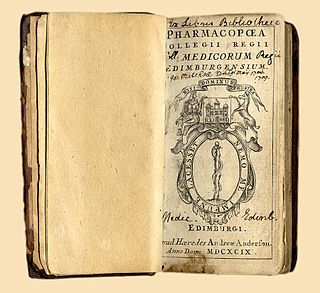
A pharmacopoeia, pharmacopeia, or pharmacopoea, in its modern technical sense, is a book containing directions for the identification of compound medicines, and published by the authority of a government or a medical or pharmaceutical society.

Sophia Louisa Jex-Blake was an English physician, teacher, and feminist. She led the campaign to secure women access to a university education, when six other women and she, collectively known as the Edinburgh Seven, began studying medicine at the University of Edinburgh in 1869. She was the first practising female doctor in Scotland, and one of the first in the wider United Kingdom of Great Britain and Ireland; a leading campaigner for medical education for women, she was involved in founding two medical schools for women, in London and Edinburgh, at a time when no other medical schools were training women.
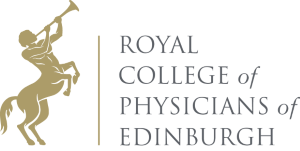
The Royal College of Physicians of Edinburgh (RCPE) is a medical royal college in Scotland. It is one of three organisations that sets the specialty training standards for physicians in the United Kingdom. It was established by Royal charter in 1681. The college has over 14,000 fellows and members worldwide.
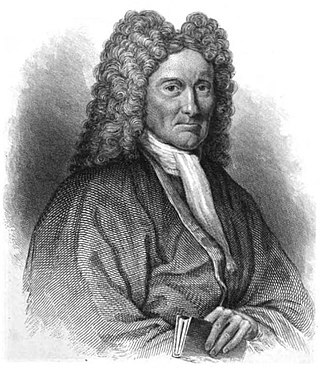
Sir Robert Sibbald was a Scottish physician and antiquary.
The British Pharmacopoeia (BP) is the national pharmacopoeia of the United Kingdom. It is an annually published collection of quality standards for medicinal substances in the UK, which is used by individuals and organisations involved in pharmaceutical research, development, manufacture and testing.
The Royal College of Surgeons is an ancient college established in England to regulate the activity of surgeons. Derivative organisations survive in many present and former members of the Commonwealth. These organisations are now also responsible for training surgeons and setting their examinations.
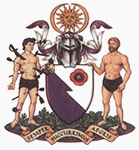
The Royal College of Emergency Medicine (RCEM) is an independent professional association of emergency physicians in the United Kingdom which sets standards of training and administers examinations for emergency medicine. The patron is The Princess Royal.
The London School of Medicine for Women (LSMW) established in 1874 was the first medical school in Britain to train women as doctors. The patrons, vice-presidents, and members of the committee that supported and helped found the London School of Medicine for Women wanted to provide educated women with the necessary facilities for learning and practicing midwifery and other branches of medicine while also promoting their future employment in the fields of midwifery and other fields of treatment for women and children.
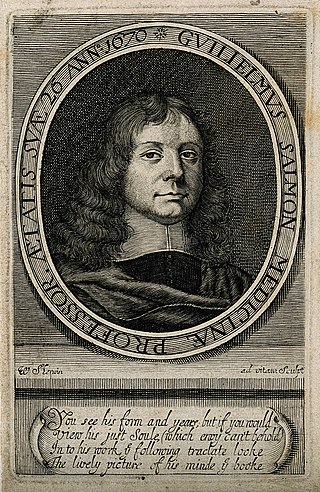
William Salmon (1644–1713) was an English empiric doctor and a writer of medical texts. He advertised himself as a "Professor of Physick". Salmon held an equivocal place in the medical community. He led apothecaries in opposing attempts by physicians to control the dispensing of medicines, and was derided by physicians as "the King of the Quacks". He has been described as "a brilliant publicist, but not much of a philosopher".
The University of Edinburgh Medical School is the medical school of the University of Edinburgh in Scotland and the United Kingdom and part of the College of Medicine and Veterinary Medicine. It was established in 1726, during the Scottish Enlightenment, making it the oldest medical school in the United Kingdom and the oldest medical school in the English-speaking world.

Edward John Waring was a Fellow of the Royal College of Physicians of London and a surgeon in the British East India Company. He wrote several books on medicine including A Manual of Practical Therapeutics (1865), Pharmacopoeia of India (1866), and the two-volume Bibliotheca Therapeutica (1878).

Professor John Hope was a Scottish physician and botanist. He did enormous work on plant classification and plant physiology, and is now best known as an early supporter of Carl Linnaeus's system of classification. He did not publish much.
Sir Andrew Balfour was a Scottish doctor, botanist, antiquary and book collector, the youngest brother of the antiquarian Sir James Balfour, 1st Baronet.

Andrew Duncan, the elder FRSE FRCPE FSA (Scot) was a British physician and professor at the University of Edinburgh. He was joint founder of the Royal Society of Edinburgh. As first proposer of an asylum in Edinburgh he gives his name to the Andrew Duncan Clinic which forms part of the Edinburgh City Hospital.
Andrew Duncan, the younger was a British physician and professor at the University of Edinburgh.
Michael Ryan (1800–1840) was a British physician and author,

Joseph Frank Payne (1840–1910) was an English physician, known also as a historian of medicine.

Fleetwood Churchill M.D. (1808–1878) was an English physician, known as an obstetrician and medical writer.
The Ladies' Medical College was a short-lived English medical college for women, established in 1864 by the Female Medical Society. It offered courses in midwifery and diseases associated with women and children, but failed to extend its curriculum to the full scope of medical training and closed in 1873.

Sir John Sibbald FRSE FBSE was a 19th-century Scottish physician and amateur botanist. In 1855/56, aged 22, he served as president of the Royal Medical Society.












